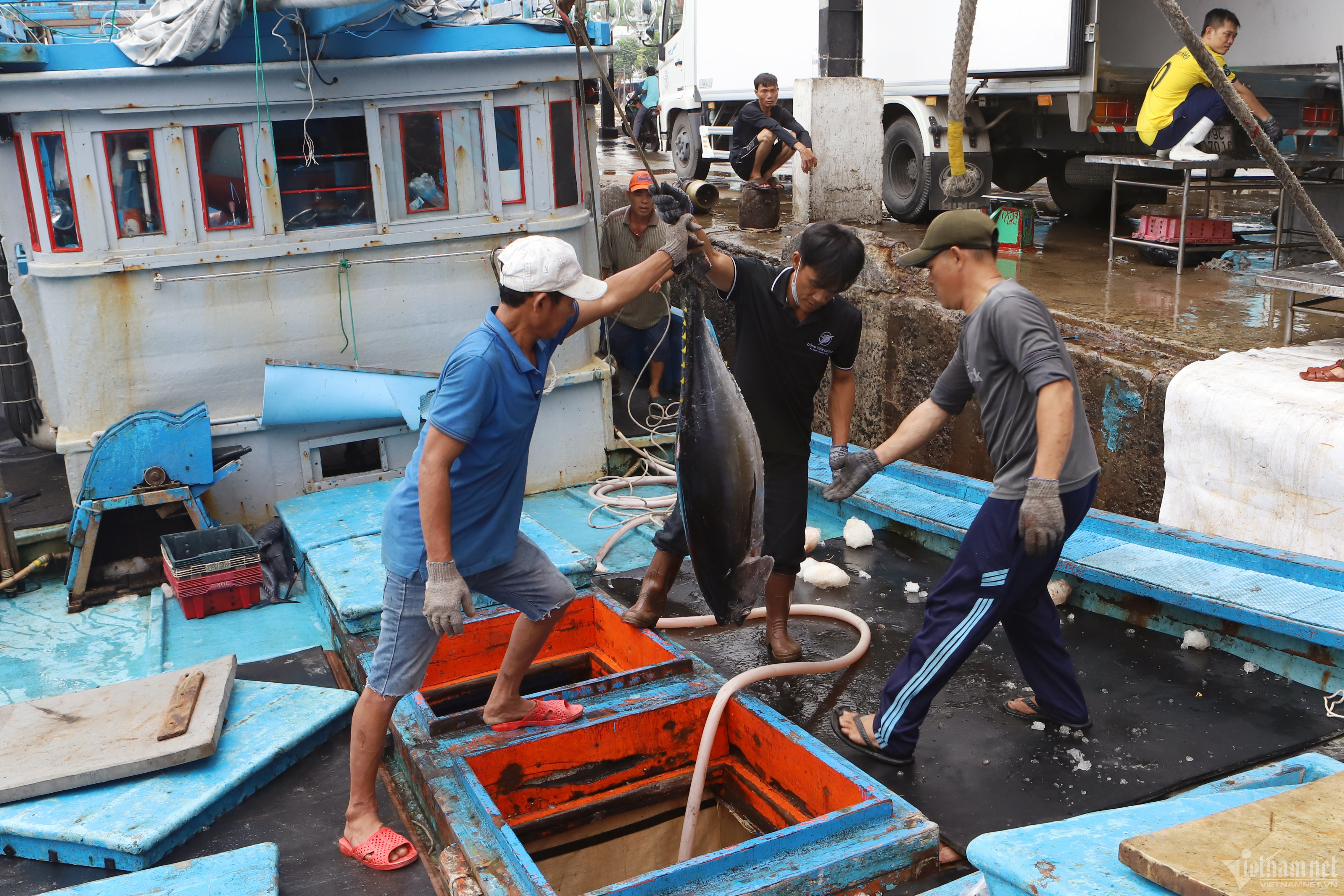
Hon Ro Port, Phuoc Dong Commune, Nha Trang City, is one of the largest fishing ports in the South Central Coast. In recent days, offshore fishing boats have been returning after a month-long trip. Many fishing boats have returned to shore with refrigerated holds full of tuna.
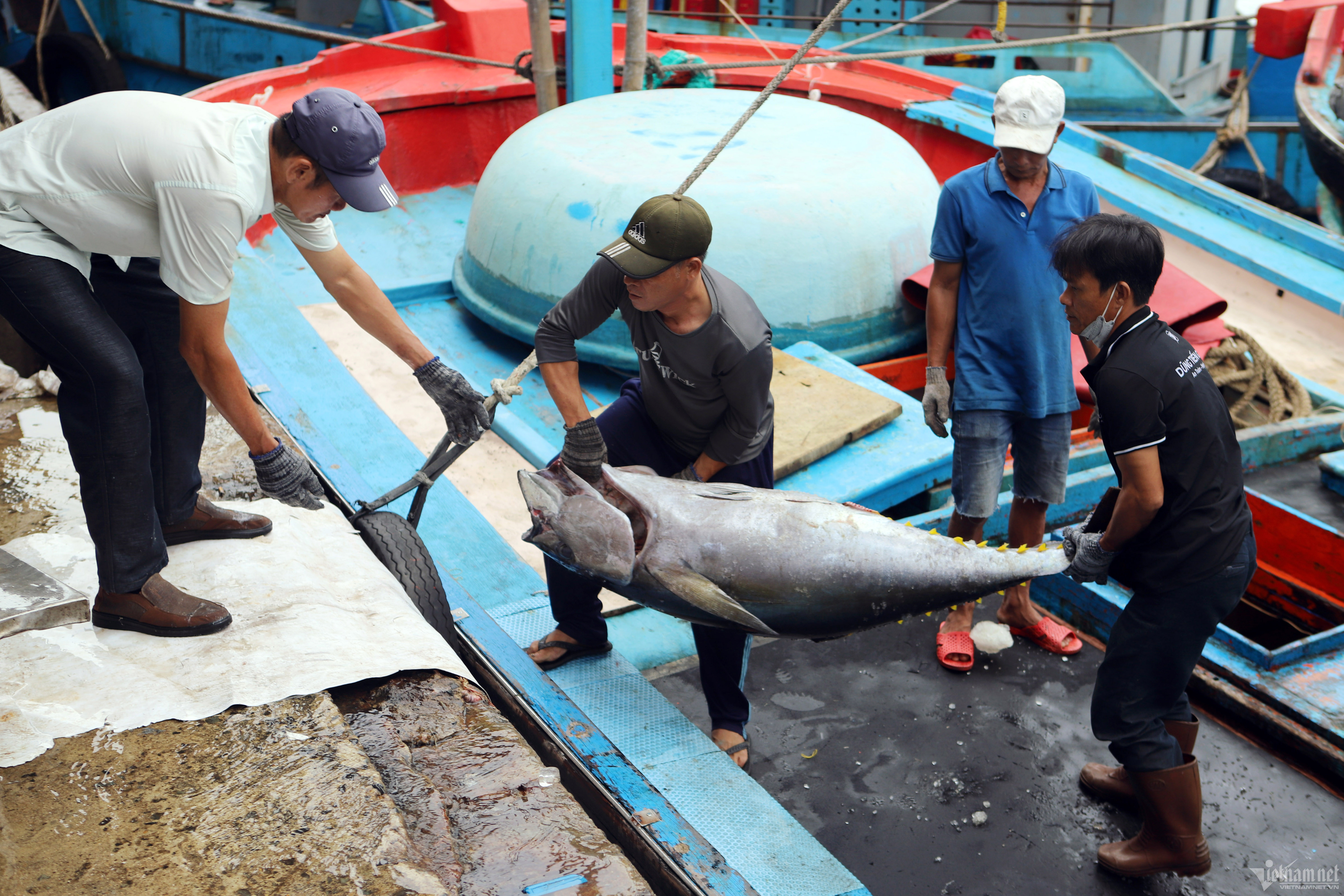
After a nearly month-long voyage, the 420-horsepower boat of Captain Huynh Van Truong, 40, docked with a full hold of fish, collecting more than 50 tuna (not counting other types of fish and squid). Everyone used a pulley to bring the tuna ashore.
The hold contains a lot of ice to preserve the fish. The crew uses a water hose to melt the ice, then ties a rope to the fish so that the person above can pull it out of the hold when the fish is chilled and carefully preserved to ensure freshness.
More than 20 days ago, Mr. Truong and 5 crew members prepared hundreds of ice blocks, more than 3,000 liters of oil,... to complete the procedures to go out to sea to catch tuna. They set sail, heading towards the Truong Sa sea area and chose the last days of the month with little moon, which would be favorable for using lanterns to catch fish.
"Throughout the journey at sea, everyone recorded their fishing logs and turned on their voyage monitoring devices with the motto of reporting and reporting back to work together to remove the IUU yellow card ," said Captain Truong.
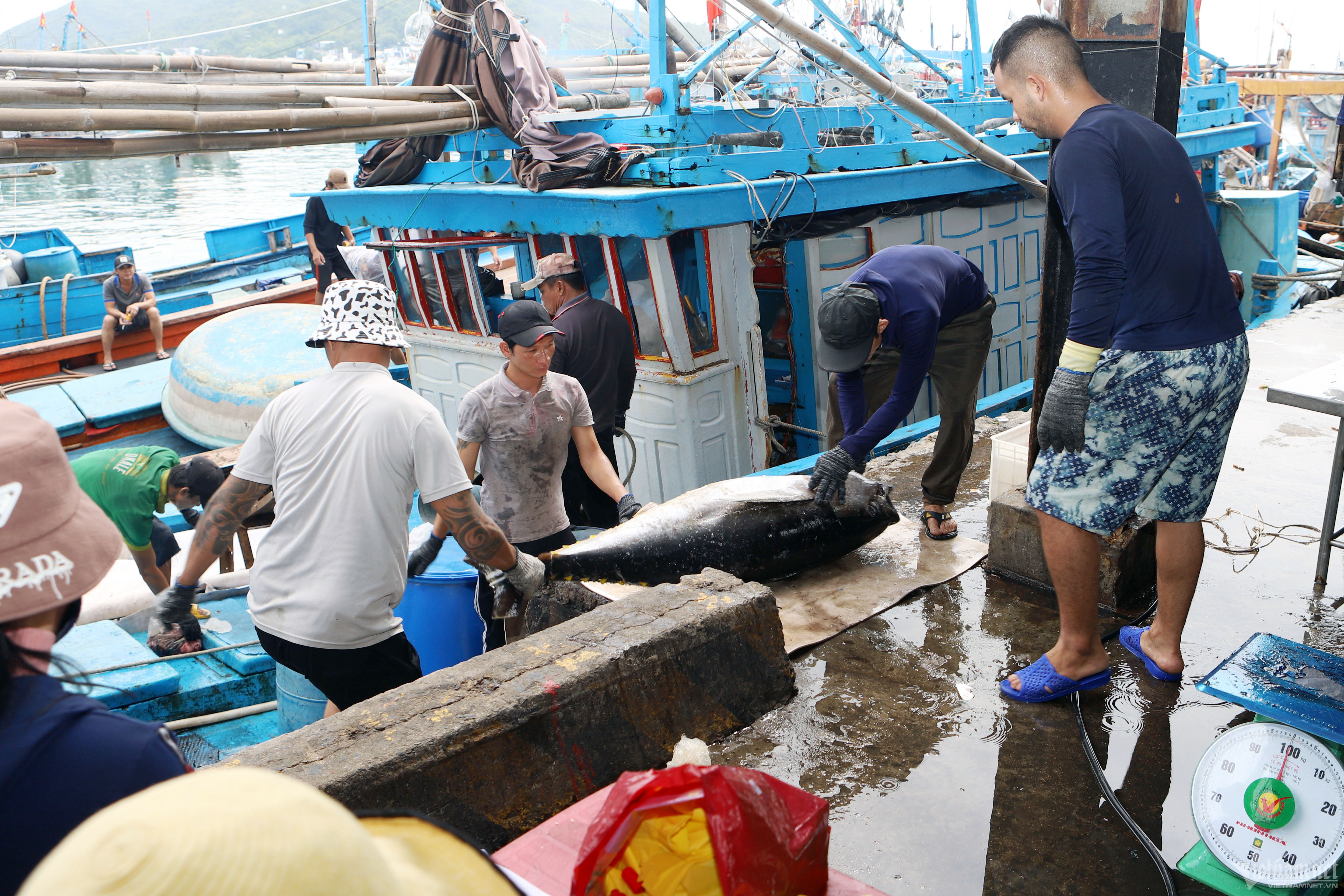
Fishermen join forces to bring yellowfin tuna weighing about 50 kg ashore. Many workers wait for fishing boats to return to hire porters. The job of porter is quite precarious. On many boats, workers earn 400,000-500,000 VND/morning, but sometimes they only earn a few tens of thousands of VND.
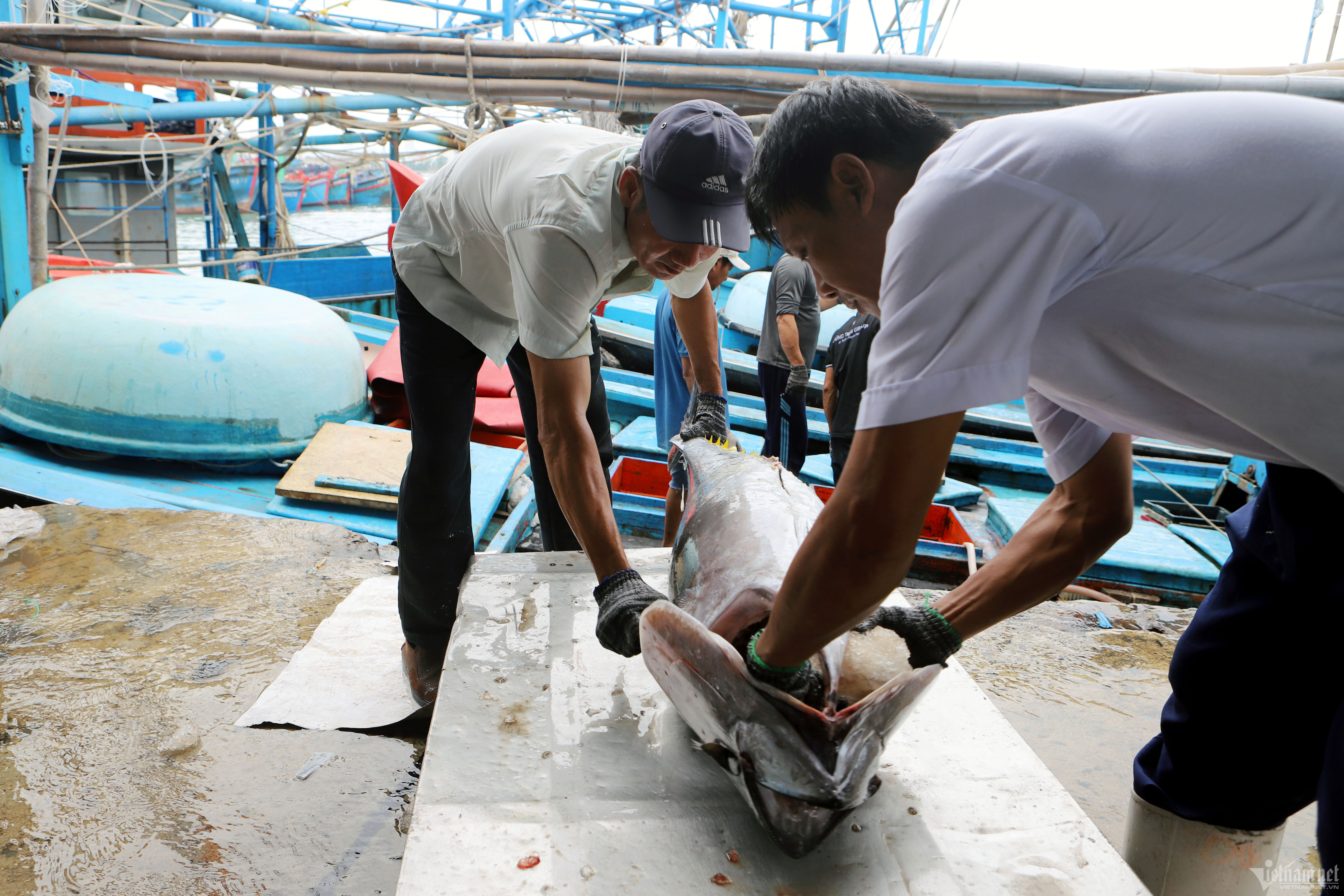
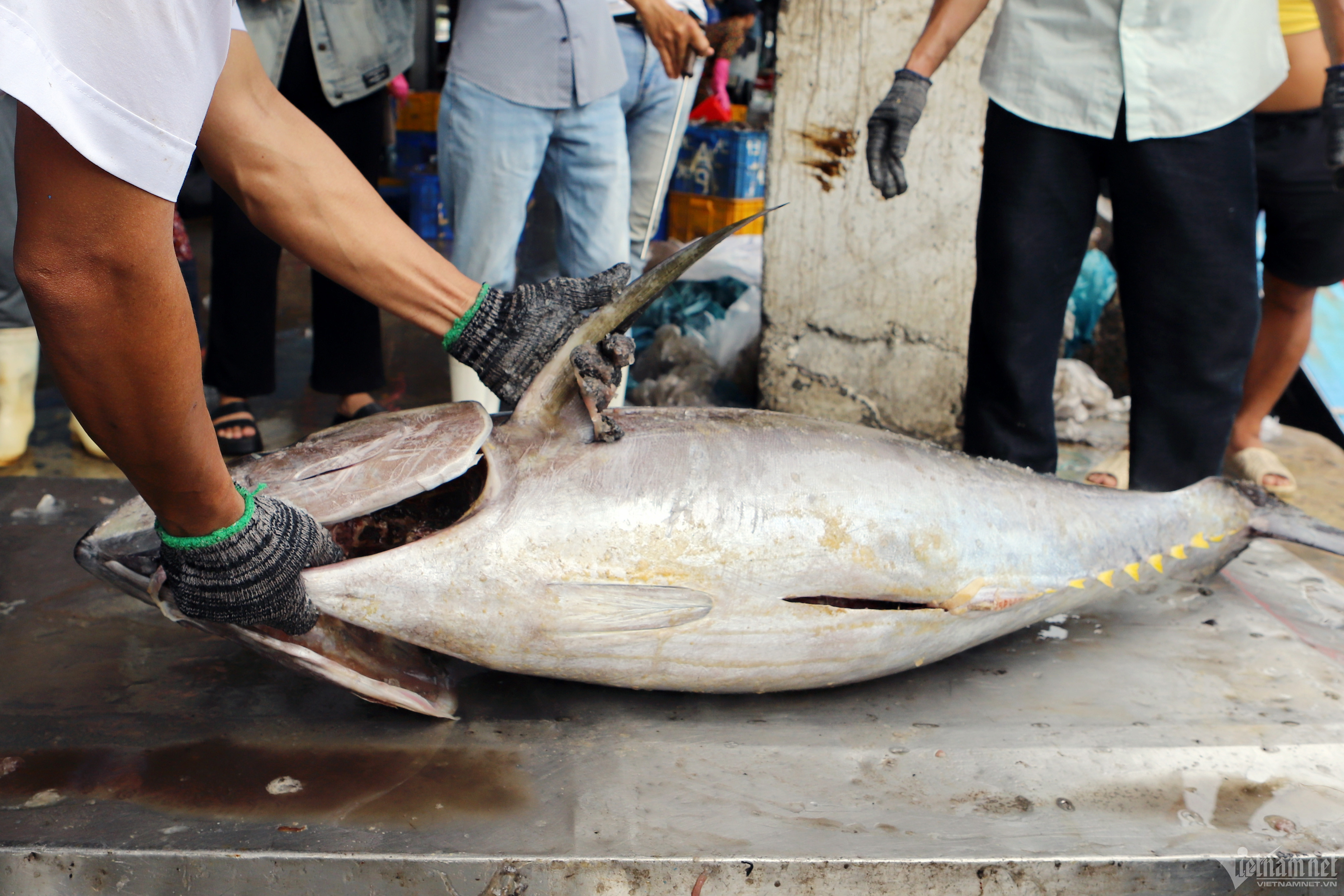
Nearby, a 400CV offshore fishing boat, over 16m long, owned by captain Nguyen Van Hien (46 years old, Nha Trang) also docked at Hon Ro port on September 25. Crew members sprayed water to clean around the boat while waiting for traders. Each tuna weighed an average of 40-50kg, some weighed over 65kg, and it took 2-3 people to bring it ashore.
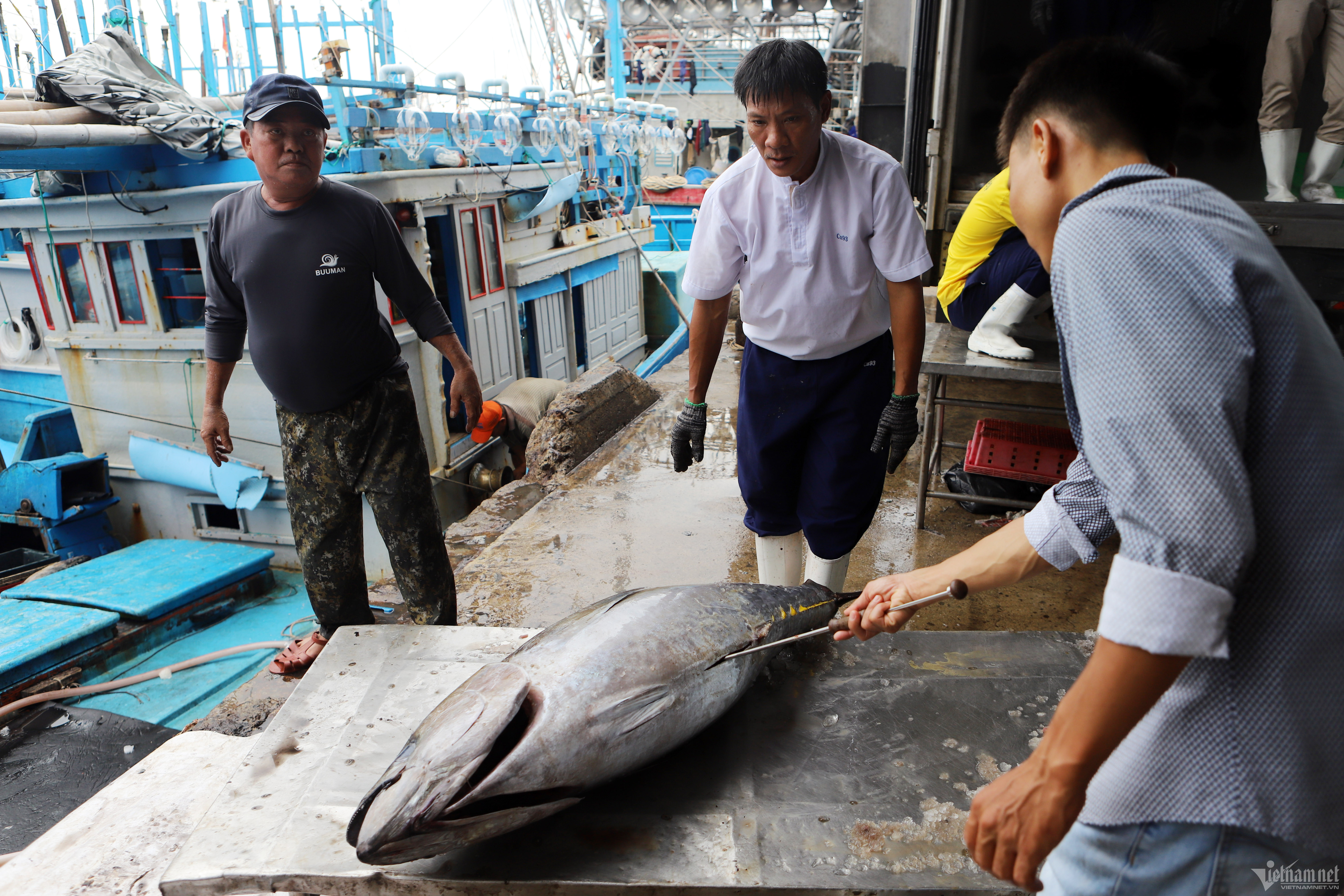
Tuna is purchased by companies at the port. Technical staff from the purchasing company come to weigh and check the quality of the fish meat on the spot to determine the quality.
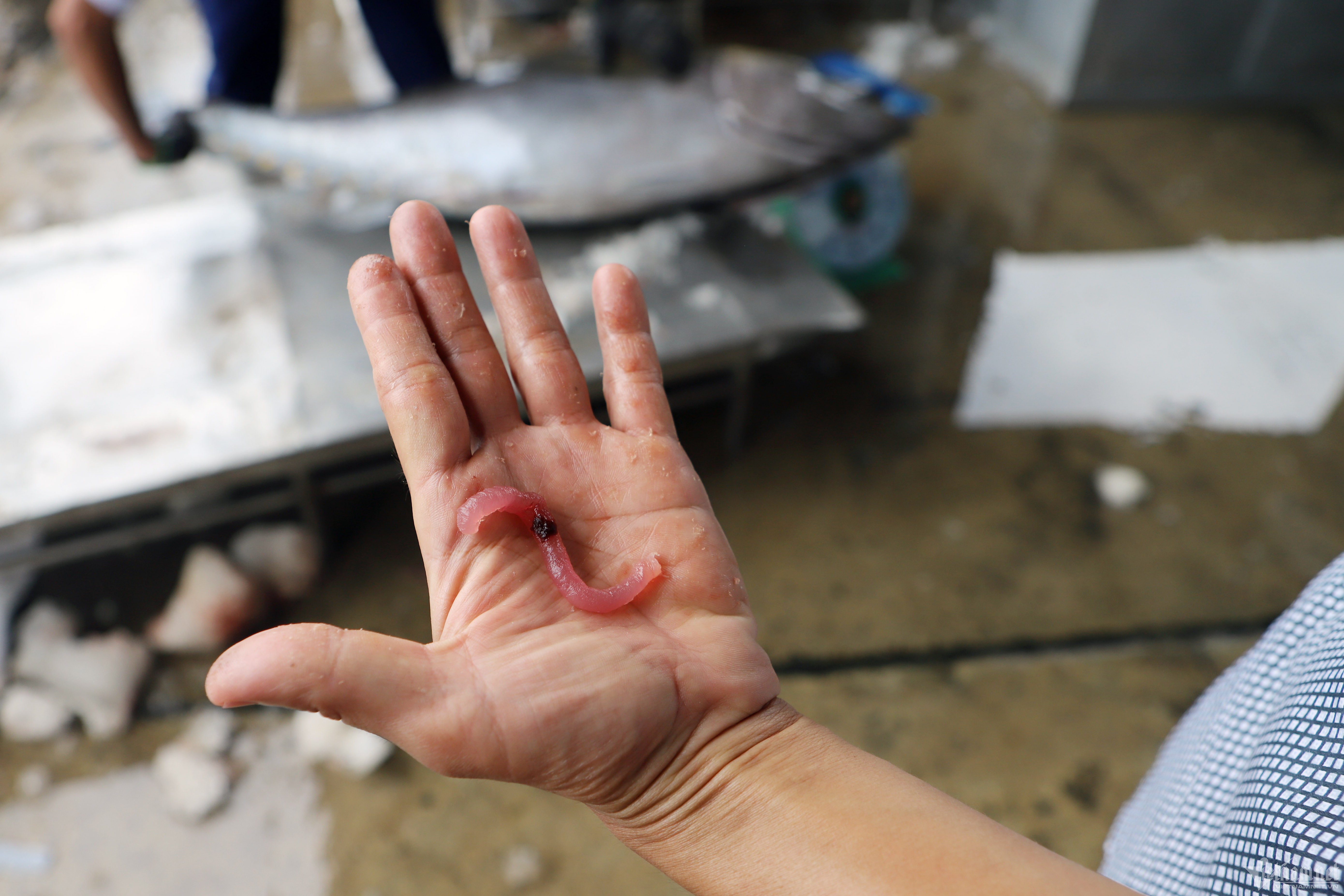
After checking the quality, color and softness of the meat, each fish will be classified and packaged to be sent to the processing company. Tuna is currently purchased at an average price of 110,000 VND/kg.
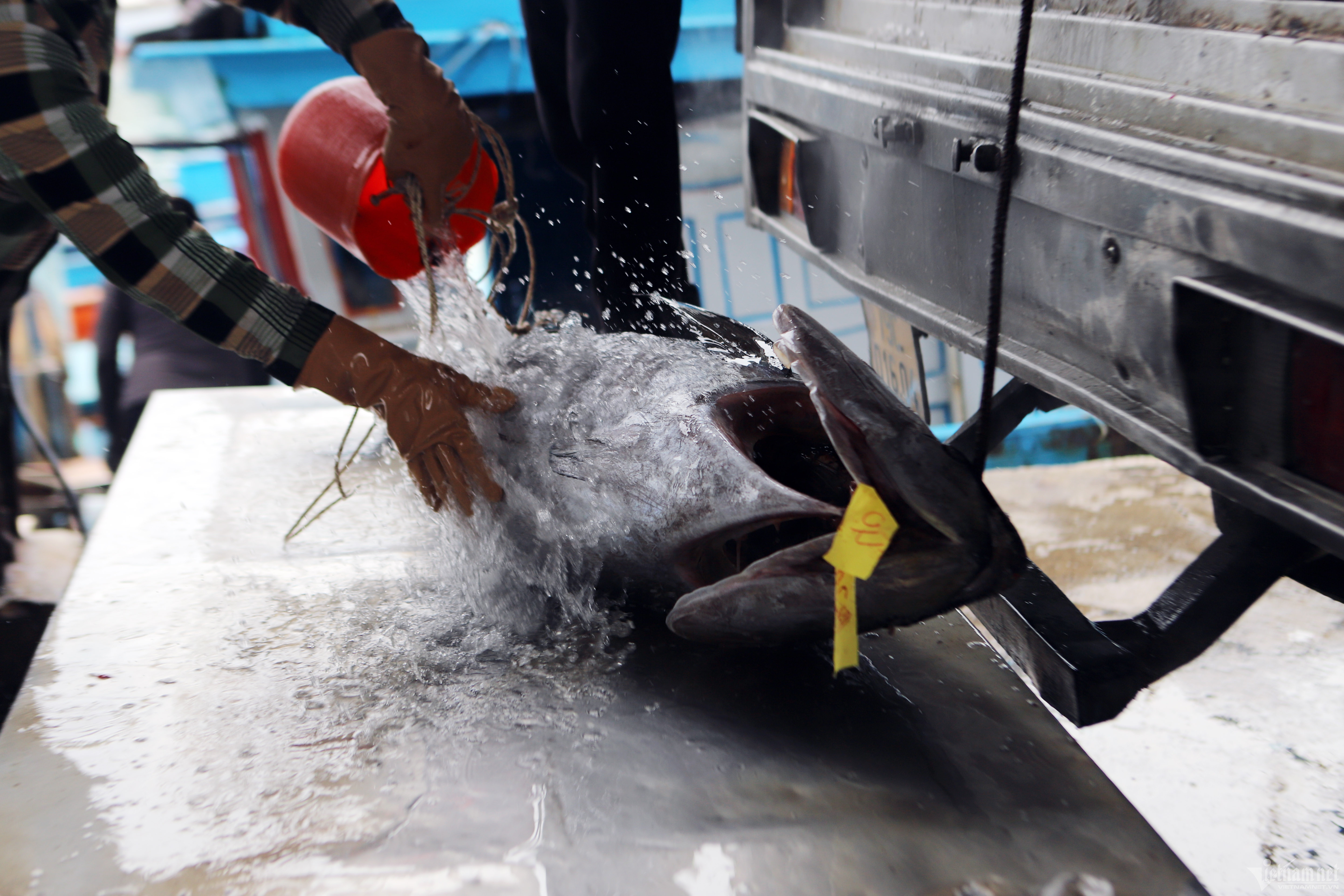
Each yellowfin tuna is tied by a rope by the buyer, and the weight of the fish is noted. A woman sprays water to melt the ice in the tuna.
Meanwhile, Captain Hien said that before the fishing boat returned to shore, he had notified the Fishing Port Management Board and presented his logbook. Throughout the fishing trip, he and his crew complied with regulations and only operated in permitted fishing areas.
"I hope that state agencies will have many plans and solutions to support fishermen, especially stable prices so that people can feel secure going to sea," said Mr. Hien.
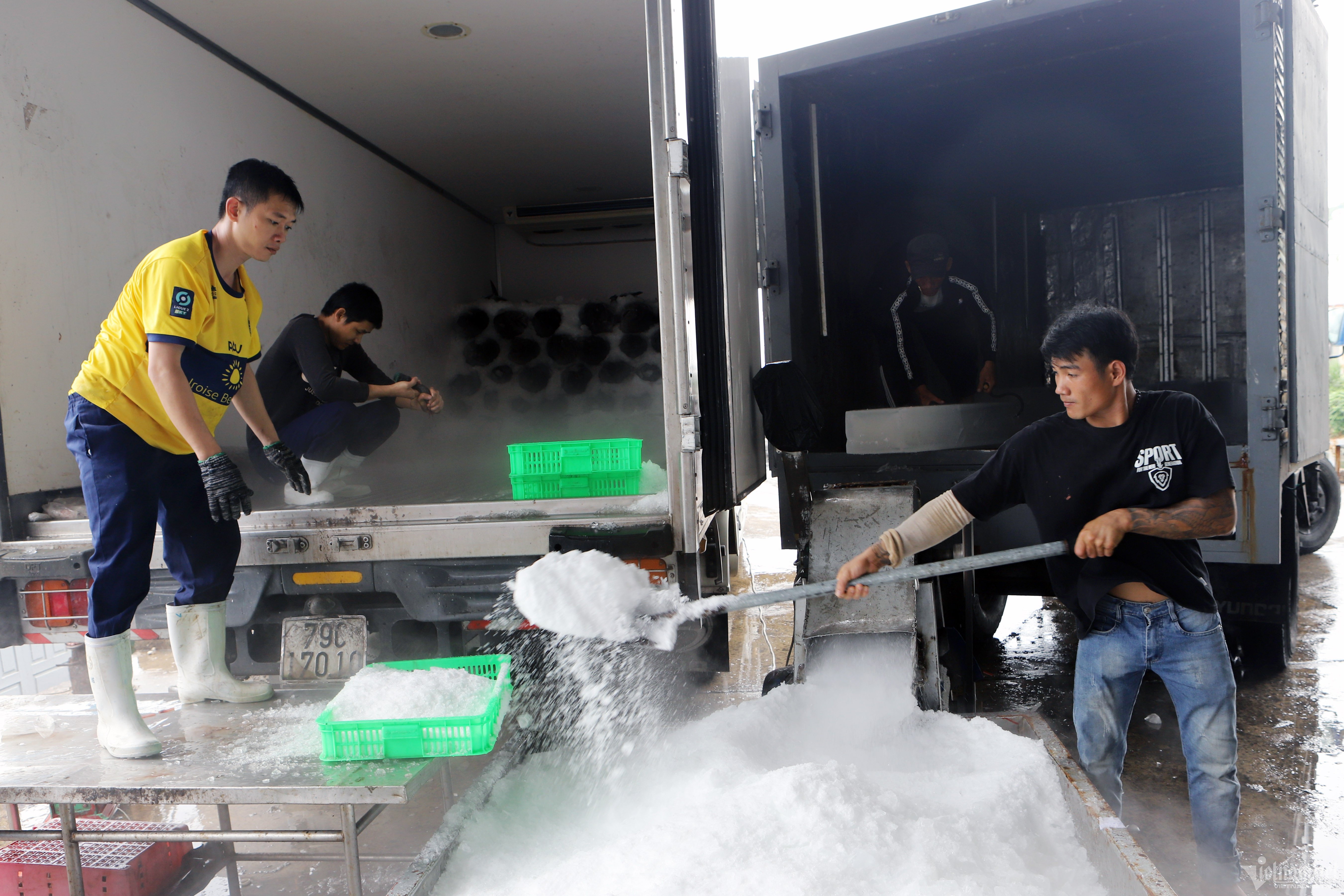
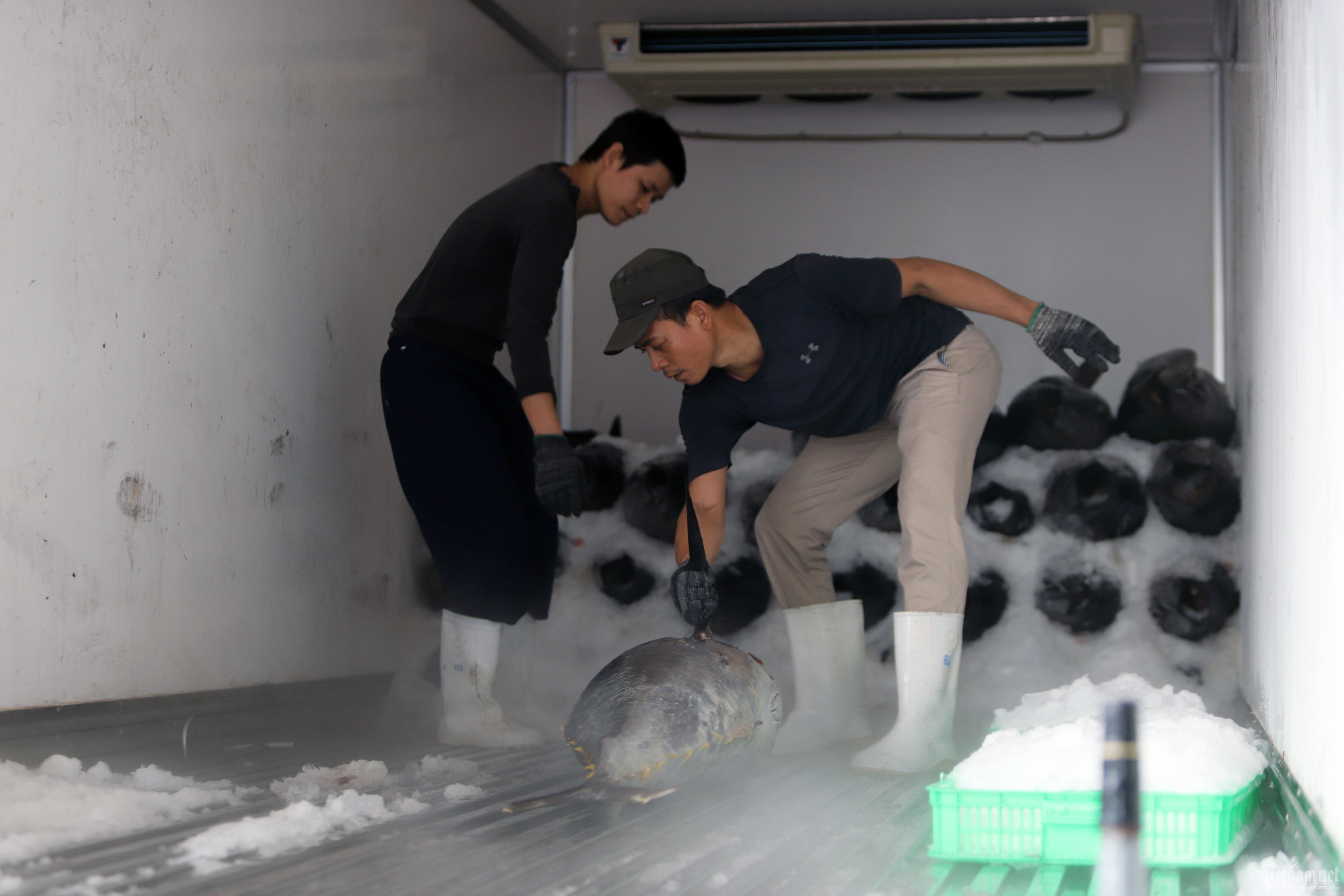
At the port, the tuna is sold wholesale to businesses by the ship owner, not retail. After being weighed, the fish is neatly arranged in a refrigerated truck with crushed ice to ensure freshness before shipping. After nearly a month at sea, Captain Hien's ship caught more than 2 tons of tuna, and everyone was excited.
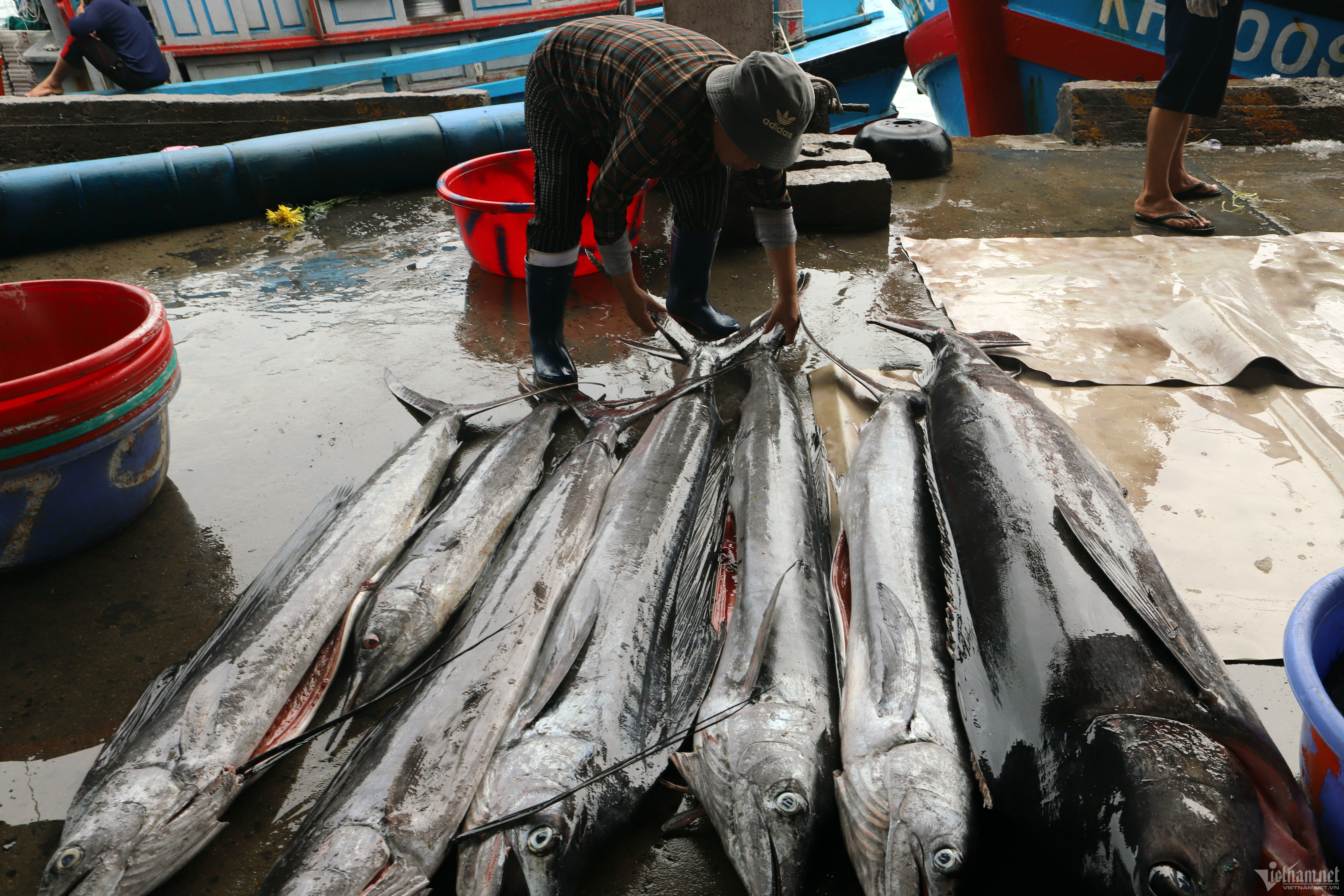
Every day, hundreds of large and small ships enter and exit Hon Ro fishing port. In addition to ocean tuna, this place is also diverse with other species, such as striped tuna, sailfish, raft fish, shrimp, and squid.
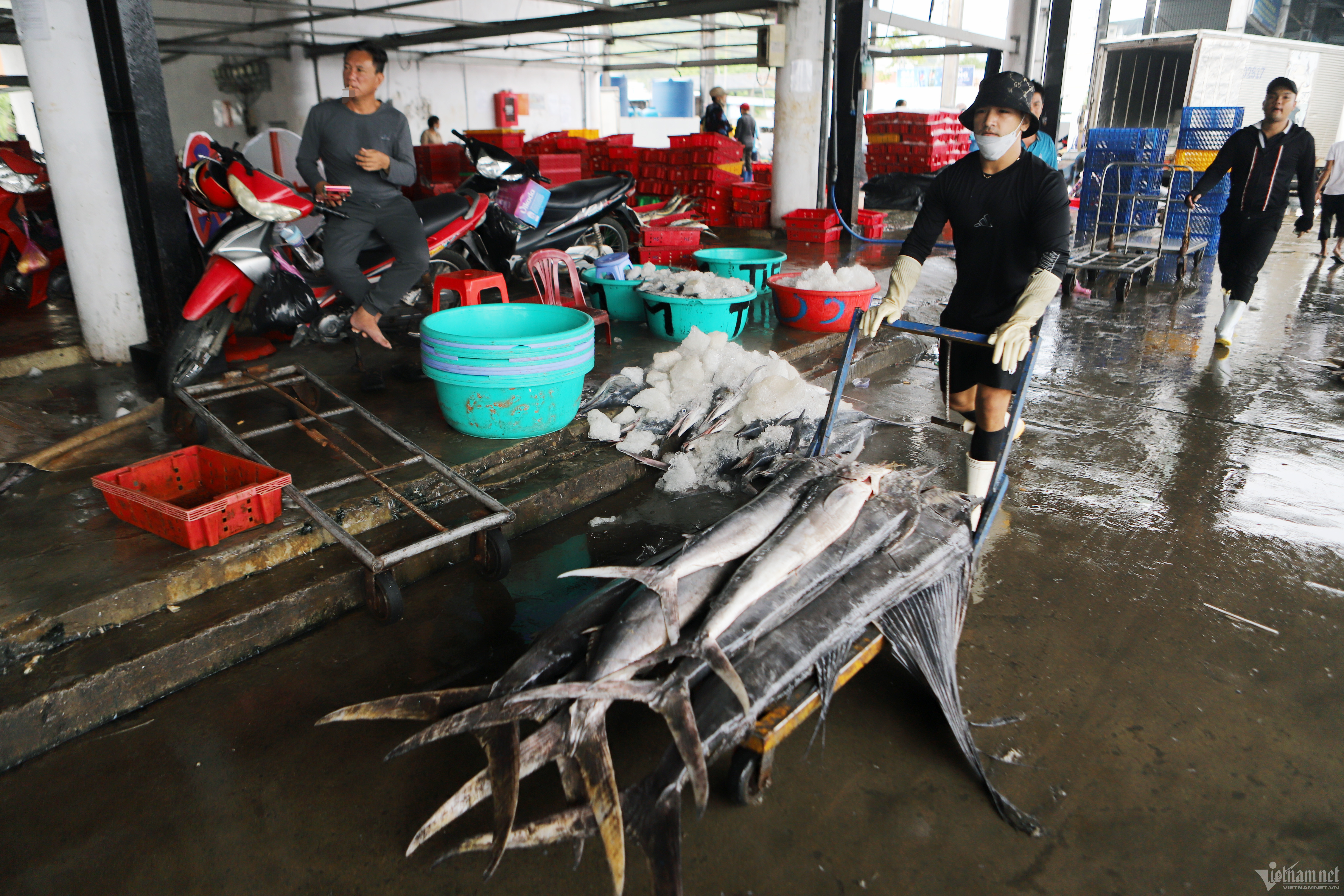
Mr. Nguyen Van Ba, Deputy Manager of Hon Ro Fishing Port, said that every day there are dozens of ships arriving at the port; of which, more than 22 are offshore fishing vessels and many fishing vessels are expected to return to shore from now until the end of the month.
Every day, the staff of Hon Ro Fishing Port Management Board checks the journey of fishing vessels operating at sea and receives information and journey logs of fishermen, while also monitoring and recording the weight of the vessels caught for traders to make efforts to remove the IUU "yellow card".
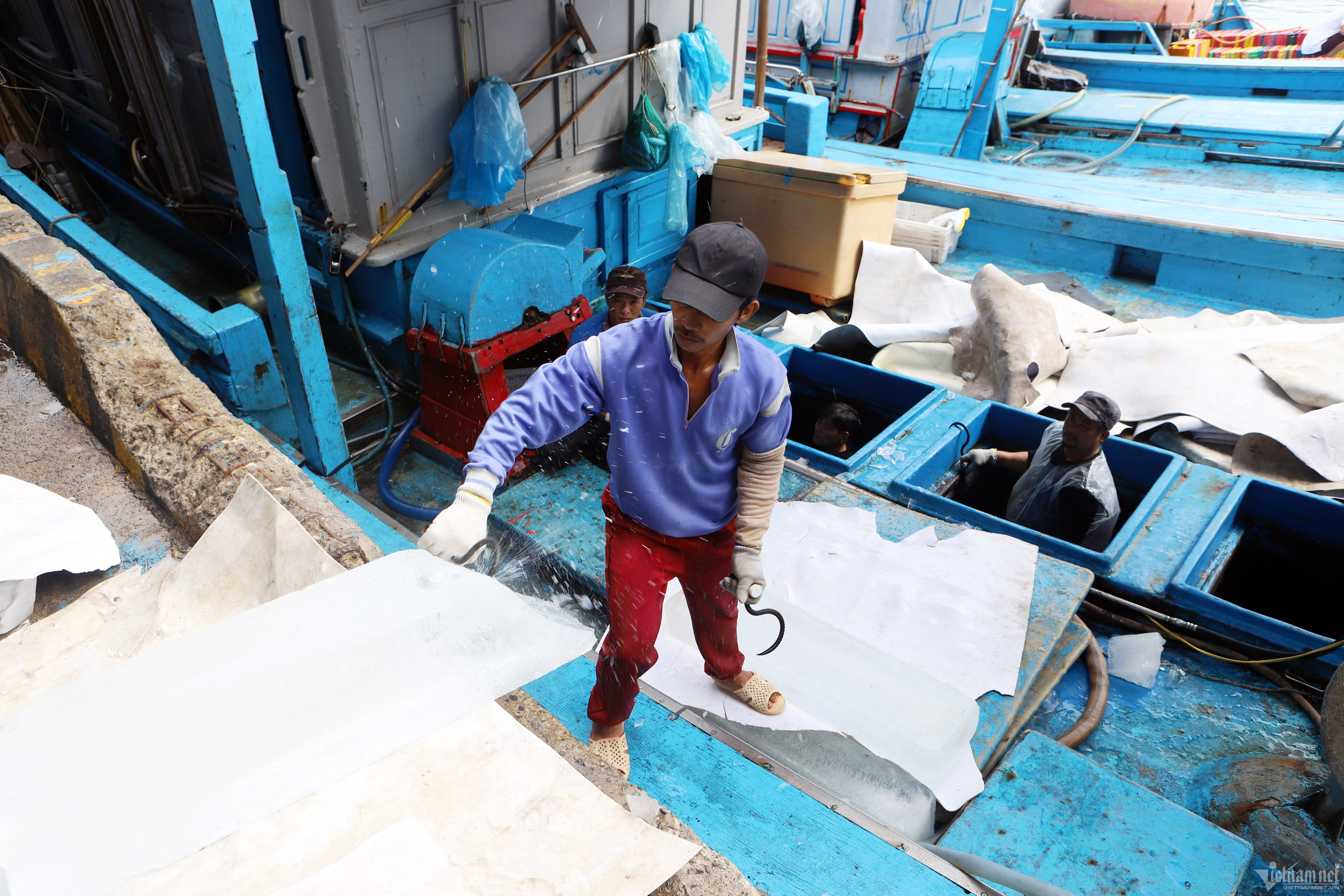
Several other crew members also hurriedly repaired the boat, patched the nets, and prepared ice and other necessities for the trip. For each long voyage, the ship owner prepares 3,500 liters of oil and nearly 400 blocks of ice as well as necessary necessities.
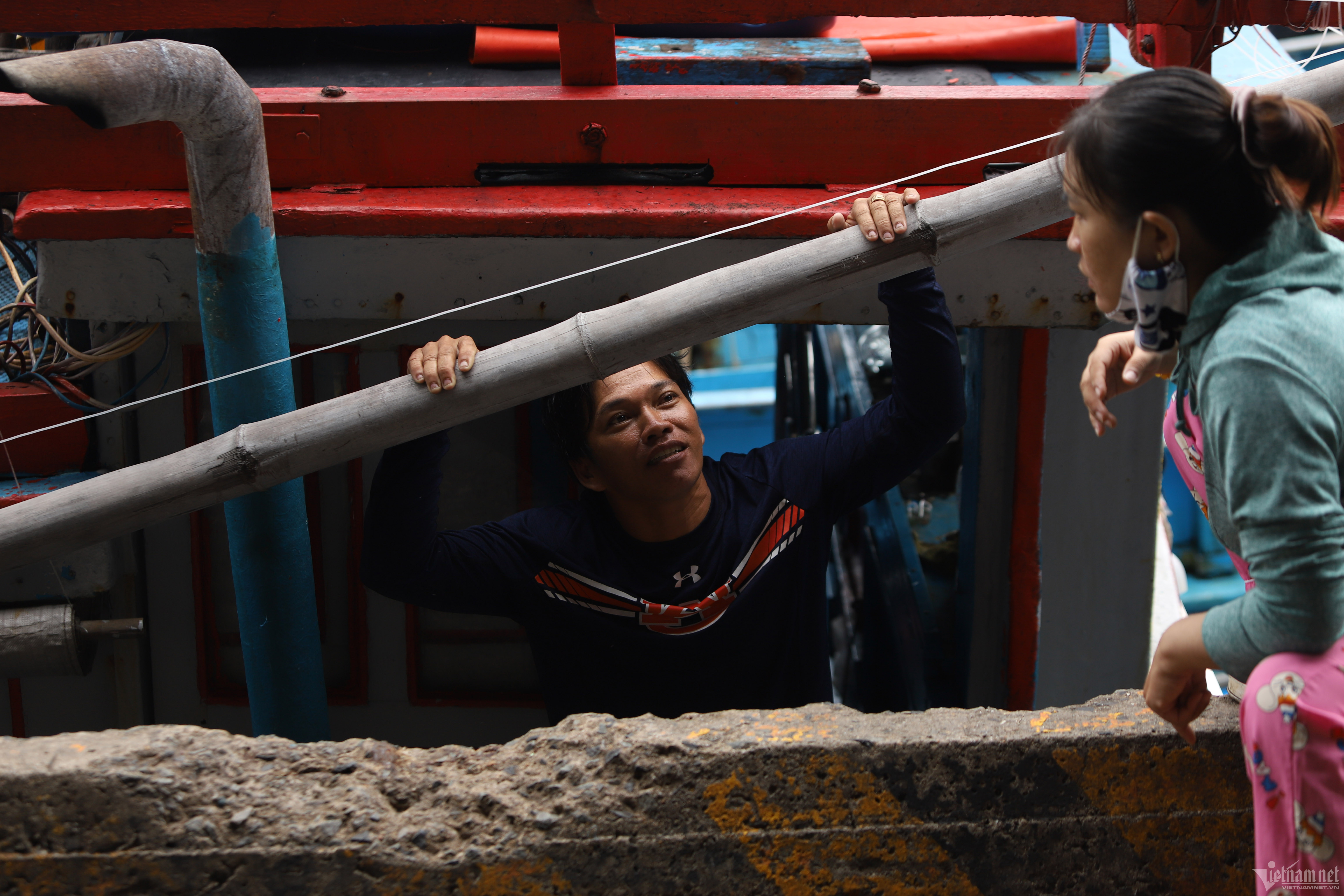
Before leaving port, fishermen also declare their fishing journey to the relevant units and turn on their monitoring devices. They also record their fishing journey logs and the boat's output.
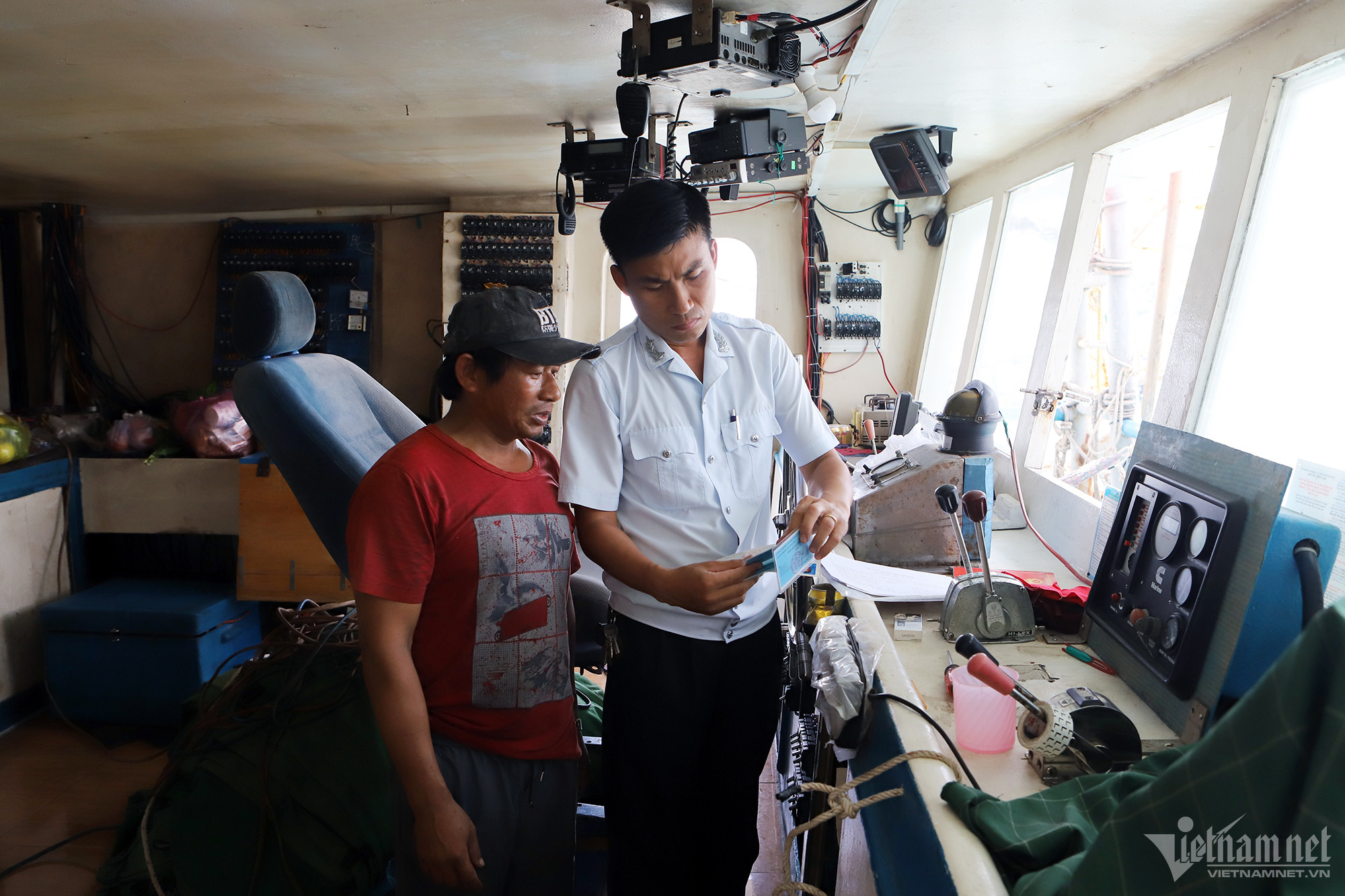
Mr. Nguyen Trong Chanh, Head of Khanh Hoa Fisheries Sub-Department (Department of Agriculture and Rural Development of the province), informed that to remove the IUU "yellow card", the unit continuously coordinates with related units to organize inspection teams and review records of traceability of exploited aquatic products.
In the past 8 months, the locality recorded that 665/669 fishing vessels had installed VMS monitoring devices; inspected and controlled over 3,100 vessels arriving at the port, with output passing through the port of over 46,000 tons. In addition, there were 66 cases of IUU violations, administrative fines of 825 million VND, and the right to use certificates and diplomas of 24 captains was revoked.
Xuan Ngoc
Source




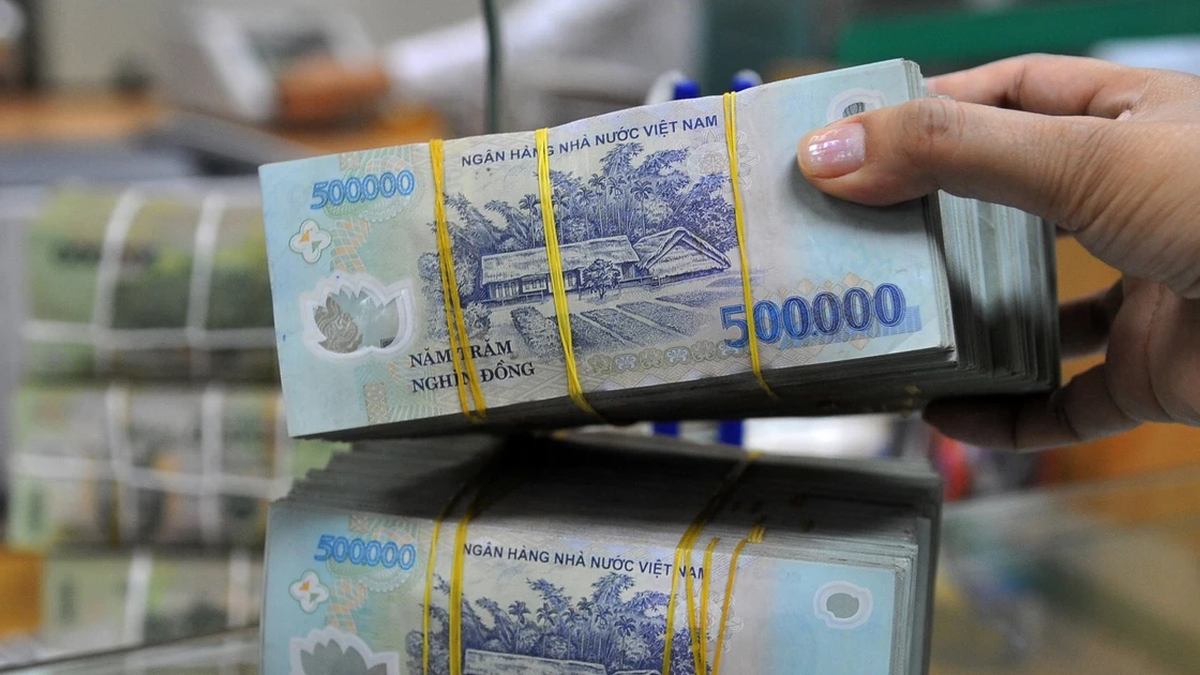

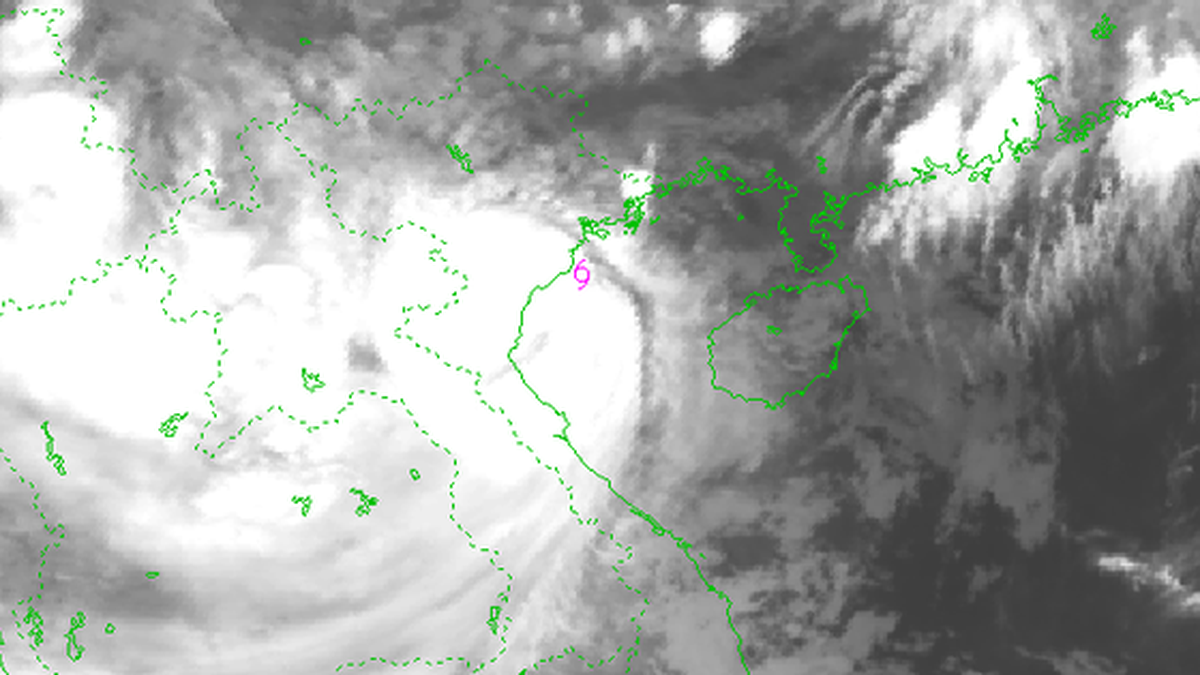
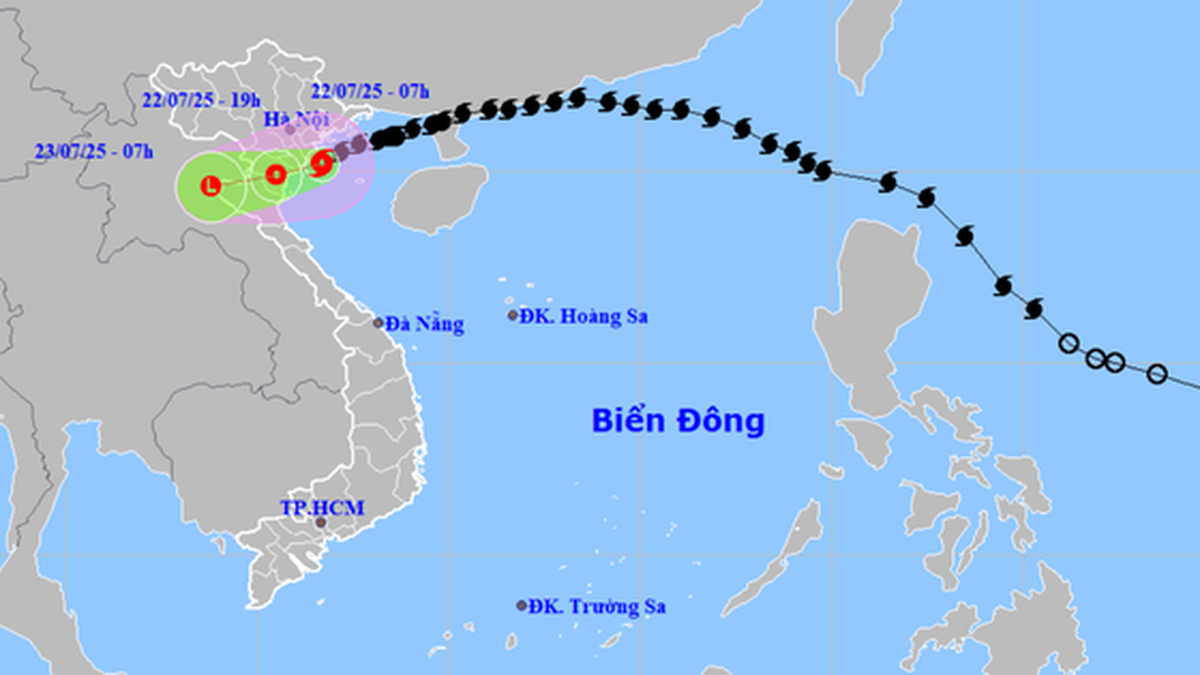




















![[Photo] National Assembly Chairman Tran Thanh Man visits Vietnamese Heroic Mother Ta Thi Tran](https://vphoto.vietnam.vn/thumb/1200x675/vietnam/resource/IMAGE/2025/7/20/765c0bd057dd44ad83ab89fe0255b783)

















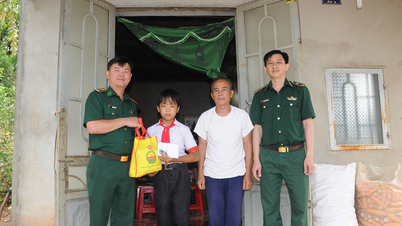


















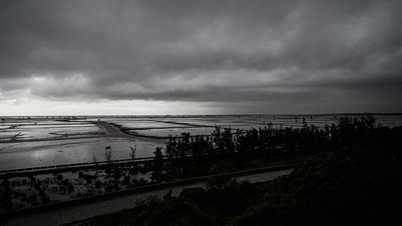

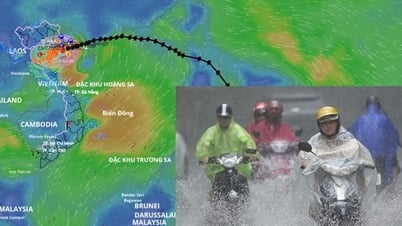

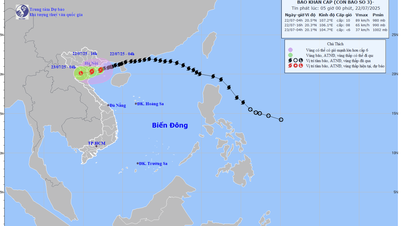
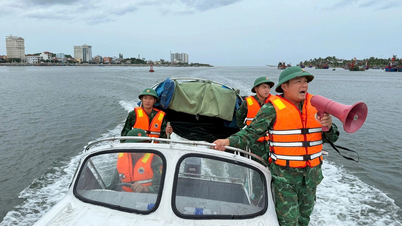

































Comment (0)